custom shapewears
Elevate Your Brand with Vacodo:
Your Premier Shapewear Partner

As a leading shapewear manufacturer, Vacodo sets itself apart as the top choice for discerning businesses seeking unmatched flexibility, control, and comfort in their products. Our dedication to excellence shines through our rigorous material development process, ensuring premium quality and customer satisfaction.
We take pride in our role as more than just a manufacturer; we are committed partners in your success. Whether you're launching a new venture or expanding your brand, we are devoted to helping you bring your vision to life. Through close collaboration with our clients and companies, we leverage their ideas and ambitions to create authentic and innovative product lines. Together, we propel brands forward, turning aspirations into tangible success stories. Trust Vacodo to elevate your brand to new heights.
We take pride in our role as more than just a manufacturer; we are committed partners in your success. Whether you're launching a new venture or expanding your brand, we are devoted to helping you bring your vision to life. Through close collaboration with our clients and companies, we leverage their ideas and ambitions to create authentic and innovative product lines. Together, we propel brands forward, turning aspirations into tangible success stories. Trust Vacodo to elevate your brand to new heights.
MATERIALS of CUSTOM shapewears
Shapewear is crafted using a variety of materials carefully selected for their shaping, smoothing, and comfort properties. Common materials used in shapewear include:
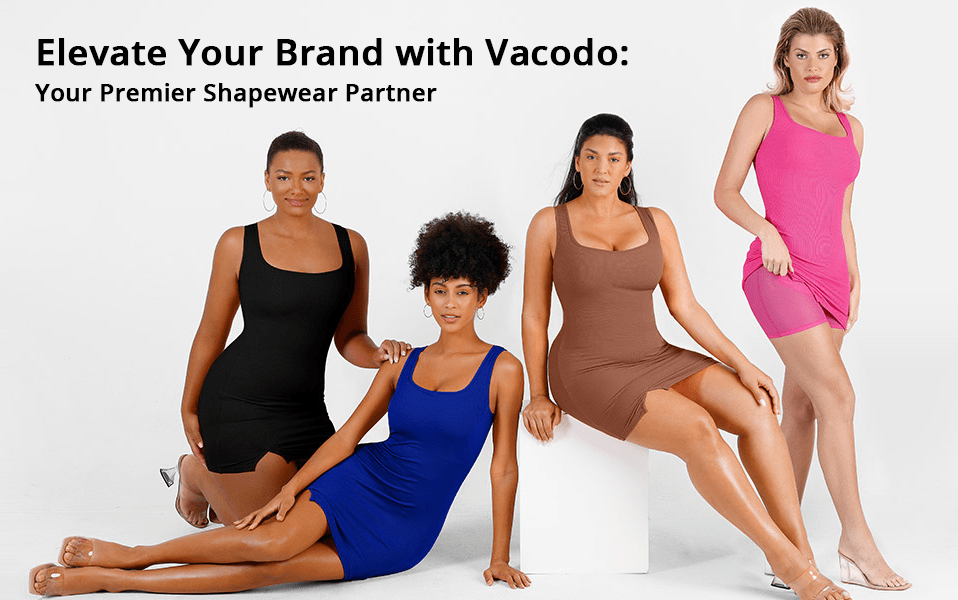
1. Nylon:
Known for its durability and stretch, nylon provides excellent shaping and compression while remaining lightweight and breathable.
2. Spandex:
Also called elastane, spandex offers exceptional elasticity, allowing shapewear to conform to the body's contours and provide targeted compression.
3. Lycra:
Similar to spandex, Lycra is a branded version of elastane known for its stretch and recovery properties, making it ideal for shaping garments that retain their shape wear after wear.
4. Cotton:
Often blended with other materials, cotton adds softness and comfort to shapewear, making it suitable for everyday wear.
5. Microfiber:
This ultra-fine synthetic fiber creates a smooth and seamless finish, minimizing lines and bulges under clothing while offering breathability and moisture-wicking properties.
6. Polyester:
Polyester blends are commonly used in shapewear for their durability, moisture-wicking abilities, and resistance to stretching out of shape.
7. Latex:
Sometimes incorporated into the construction of waist trainers and high-compression garments, latex provides firm shaping and compression to the midsection.
8. Bamboo Fiber:
Known for its eco-friendly and breathable properties, bamboo fiber is used in some shapewear to provide a comfortable and sustainable option.
9. Mesh:
Often used as panels or inserts in shapewear, mesh offers ventilation and breathability while adding visual interest to the garment.
10. Silicone:
Applied as gripper strips or bands, silicone helps shapewear stay in place without rolling or slipping during wear.
TYPES OF CUSTOM shapewears
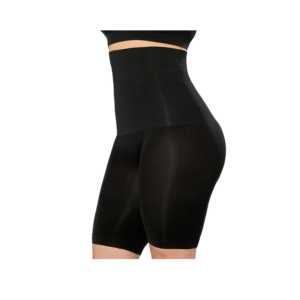
shaping shorts
Shaping shorts offer targeted compression and smoothing for the thighs, hips, and buttocks, creating a sleek and sculpted silhouette.
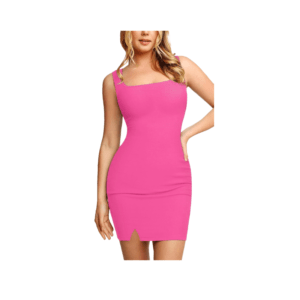
shaping dress
Shaping dresses offer seamless support and sculpting for a smoother, more streamlined silhouette.
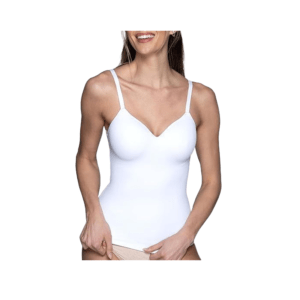
shaping camisoles
Shaping camisoles offer targeted compression to the torso, providing a sleek and smooth foundation for any outfit.
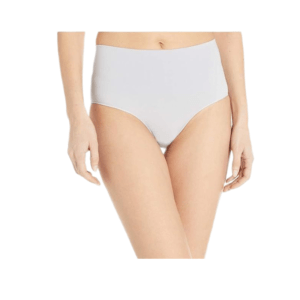
shaping briefs
Shaping briefs offer targeted compression to sculpt and smooth the midsection, providing a flattering silhouette under any outfit.
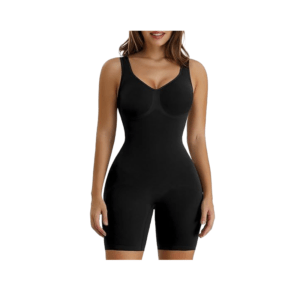
shaping bodysuits
Shaping bodysuits offer comprehensive shaping and support from bust to thighs, creating a smooth and streamlined silhouette under any outfit.
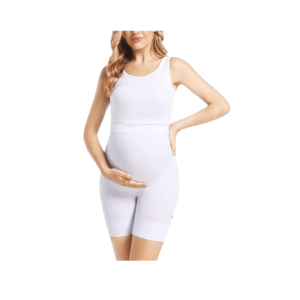
maternity shapewear
Maternity shapewear provides gentle support and compression for pregnant women, offering relief for back pain and supporting the belly.
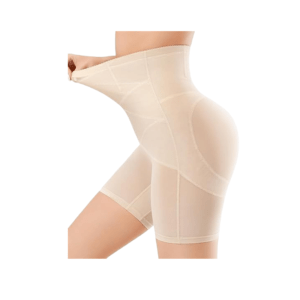
thigh slimmers
Thigh slimmers are designed to target and shape the thighs and buttocks, providing a seamless and sculpted look under clothing.
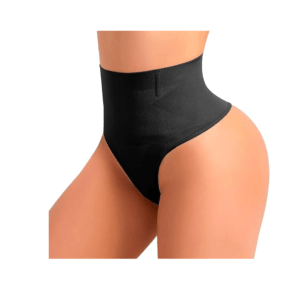
shaping thongs
Shaping thongs offer targeted compression to the midsection while providing a seamless and minimalistic look under clothing.
HOW TO CUSTOMIZE YOUR SHAPEWEAR
4 steps to customize your shapewears
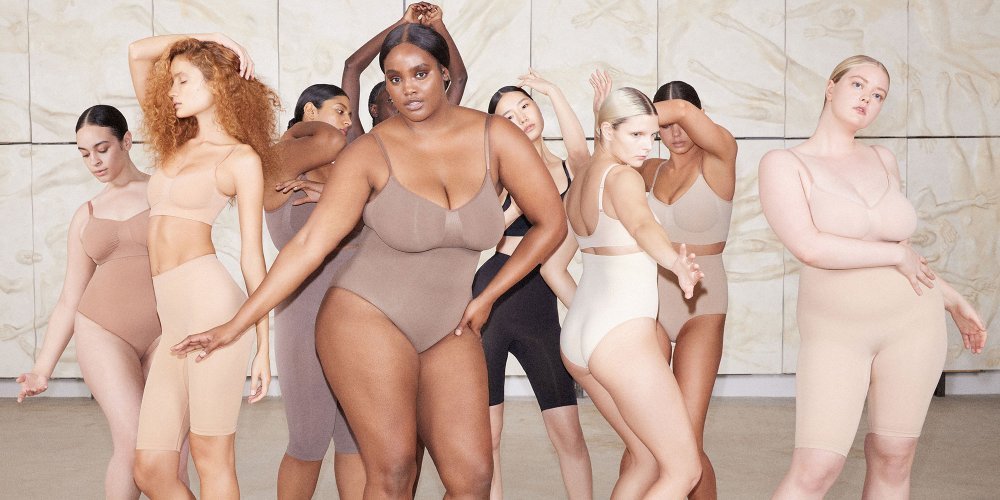
1. Send your inquiry
Tell us your ideas or send product pictures, URLs, design drawings, etc. We’ll confirm with you lingerie styles, colors, sizes, fabrics, accessories, and so forth in detail.
2. Develop lingerie samples
Make the sample and send it to you. You can evaluate the lingerie quality and overall effect. Tell us your suggestions. Then, we modify it.
3. Start mass production
Place an order once you approve the sample. Then, we go to mass production and production follow-up.
4. Carry out QC before shipping
Conduct AQL sampling or one-by-one inspection before your items are shipped to your place as negotiated.
MANUFACTURING PROCESS OF CUSTOM SHAPEWEAR
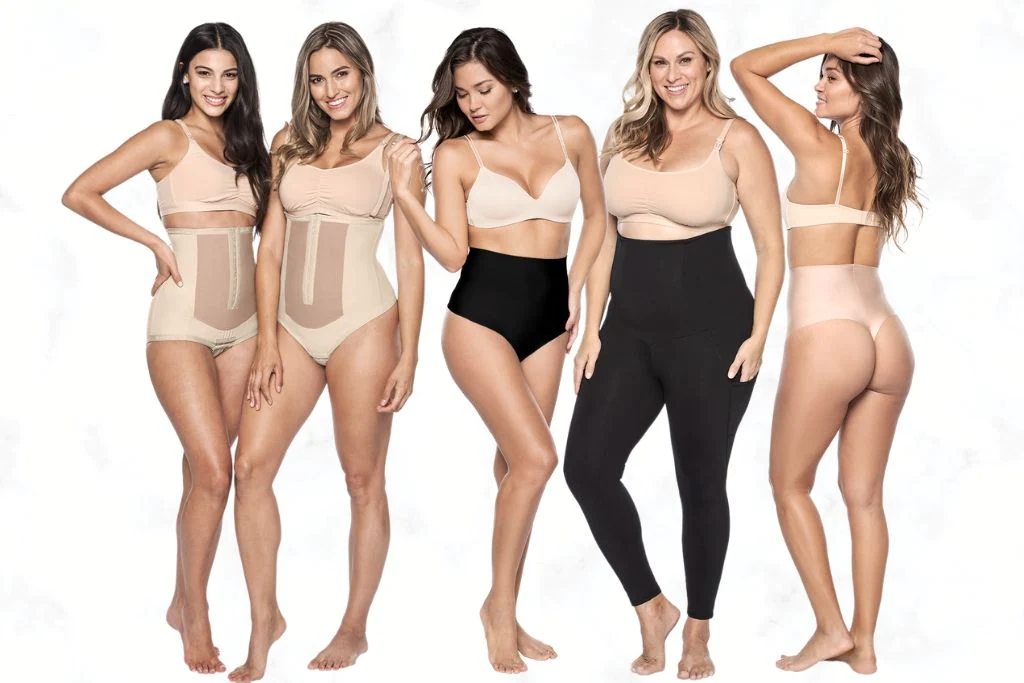
Design Consultation:
The process begins with a consultation between the shapewear manufacturer and the client to discuss design requirements, including style, materials, compression levels, and special features.
Pattern Development:
Skilled patternmakers create custom patterns based on the client's design specifications. These patterns serve as templates for cutting the fabric.
Material Sourcing:
High-quality fabrics and materials are sourced based on the client's preferences and performance requirements. This may include nylon, spandex, cotton, and other specialty materials.
Fabric Cutting:
Using the custom patterns, the selected fabrics are carefully cut into the appropriate shapes and sizes according to the design specifications.
Sewing and Construction:
Experienced seamstresses and garment workers then assemble the shapewear pieces, following the custom patterns and using specialized sewing techniques to ensure precise construction and durable seams.
Compression Panel Integration:
If the shapewear requires specific compression panels or zones, these are integrated into the garment during the sewing process to provide targeted shaping and support.
Quality Control:
Throughout the manufacturing process, rigorous quality control measures are implemented to inspect the fabric, stitching, and overall construction of the shapewear pieces. Any defects or inconsistencies are identified and addressed to maintain high quality.
Fitting and Testing:
Once the shapewear pieces are assembled, they undergo fitting and testing to ensure proper fit, comfort, and effectiveness. Feedback from wear testing may be used to make adjustments or refinements as needed.
Customization and Branding:
Custom shapewear can be further personalized with branding elements such as labels, tags, and packaging according to the client's branding guidelines.
Packaging and Shipping:
The finished custom shapewear pieces are carefully packaged and prepared for shipping to the client's location or distribution center, ready to be introduced to the market.
INSPECTION OF CUSTOM SHAPEWEAR
The inspection process of custom shapewear is crucial to ensuring that each garment meets the quality standards and specifications outlined by the client. Here's an overview of the typical inspection process:
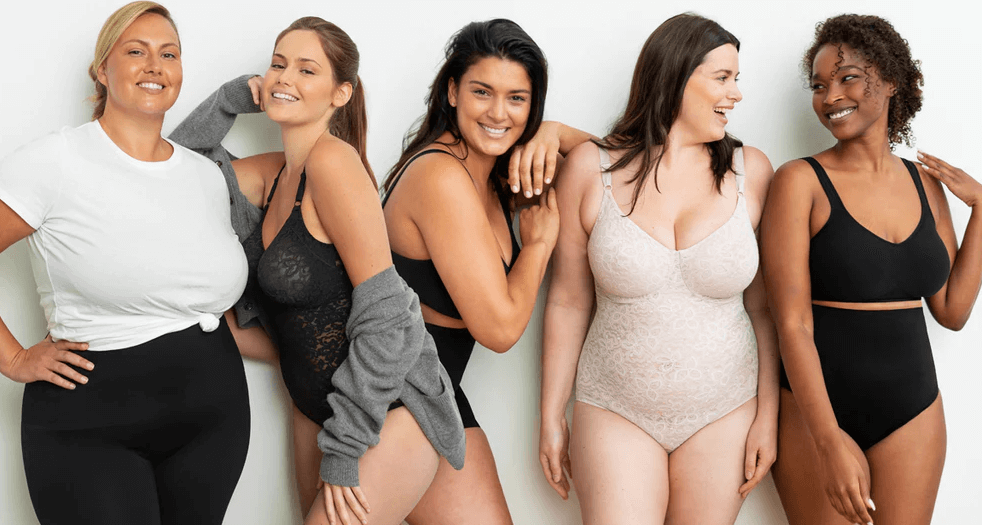
Initial Inspection:
As shapewear pieces are completed during the manufacturing process, they undergo an initial inspection to check for any visible defects or flaws in the fabric, stitching, or construction. This inspection helps to identify any issues early on before further processing.
Measurement Verification:
Each shapewear piece is measured to verify that it aligns with the client's specifications and sizing requirements. Measurements may include waist circumference, hip circumference, length, and other dimensions as specified by the client.
Compression and Support Evaluation:
Shapewear pieces designed to provide targeted compression or support are evaluated to ensure that they effectively fulfill their intended function. This may involve testing the elasticity and compression levels of specific panels or zones within the garment.
Seam Inspection:
The seams of the shapewear are carefully inspected to ensure that they are secure, even, and free from any loose threads or stitching defects. Seam strength and durability are also assessed to ensure that the garment can withstand repeated wear and washing.
Fabric Quality Check:
The quality of the fabric used in the shapewear is assessed to ensure that it meets the client's standards for texture, color, stretch, and performance. Any deviations from the desired fabric quality are noted for further evaluation.
Functionality Testing:
If the shapewear includes special features or enhancements, such as silicone grip bands or adjustable straps, these features are tested to ensure that they function properly and provide the intended benefits to the wearer.
Fit Assessment:
If possible, the shapewear pieces may be tested on a fit model or mannequin to assess the overall fit, comfort, and functionality of the garment. Any issues with fit or comfort are documented for review and potential adjustments.
Final Inspection:
Once all individual inspections and tests have been completed, a final inspection is conducted to verify that each shapewear piece meets the client's quality standards and specifications. Any remaining defects or discrepancies are identified and addressed before the garments are packaged and shipped to the client.
CERTIFICATIONS
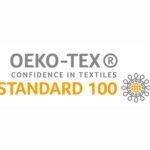
OEKO-TEX Standard 100
This certification ensures that textiles and fabrics used in bras meet strict human-ecological requirements and are free from harmful substances.
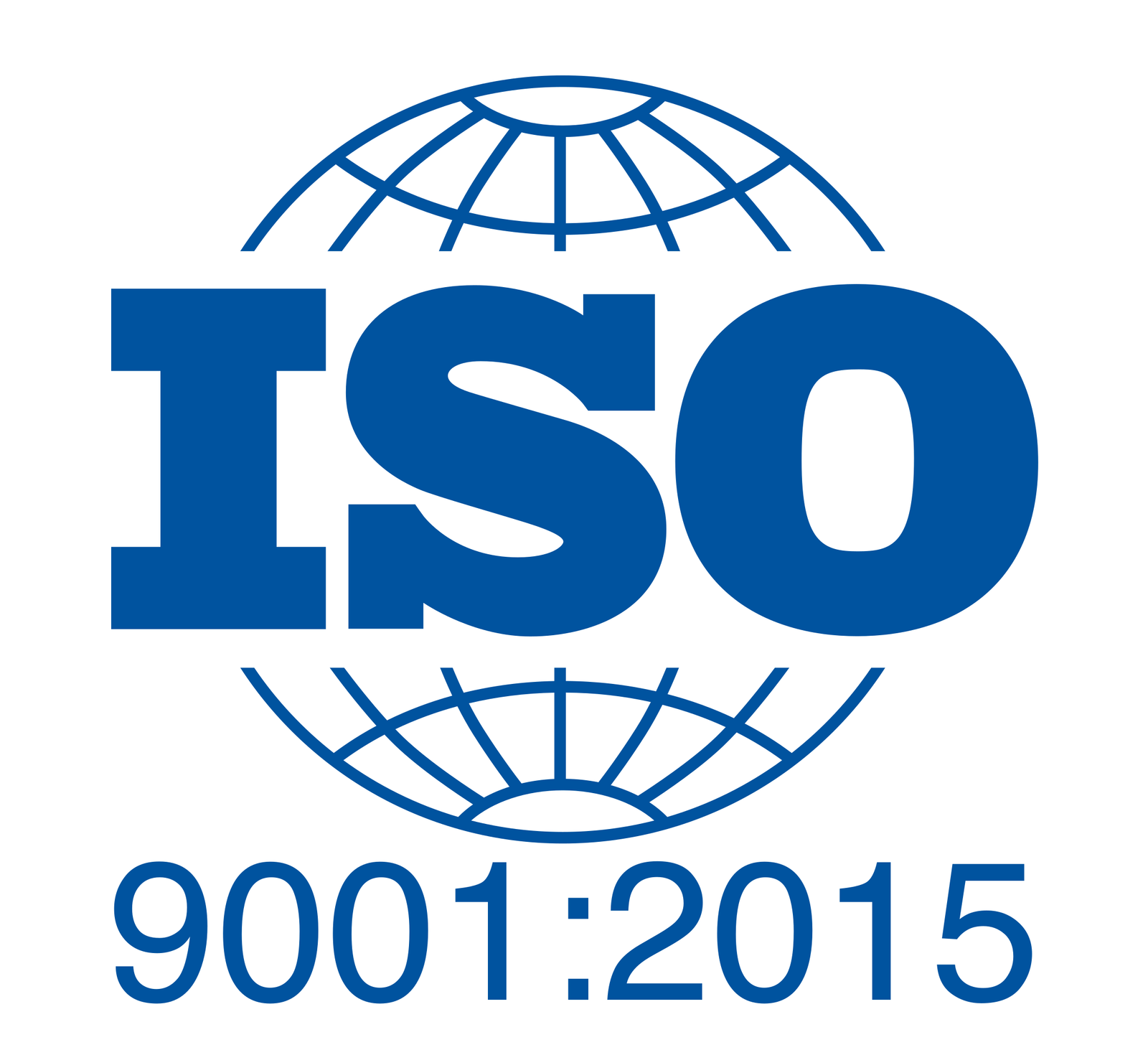
ISO 9001
ISO 9001 certification indicates that a manufacturer has implemented a quality management system to consistently provide products that meet customer and regulatory requirements.
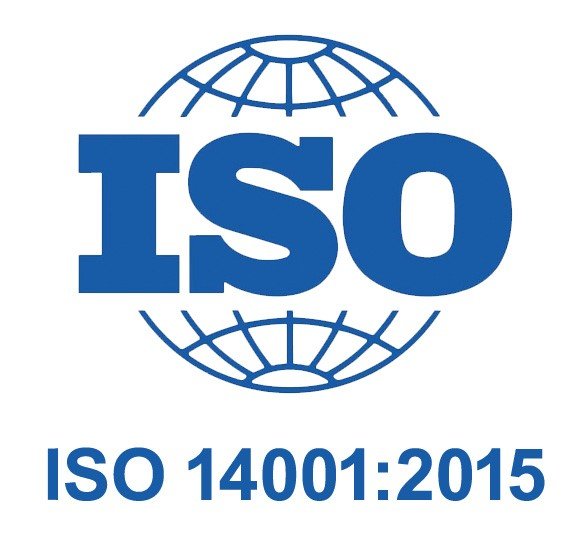
ISO 14001
ISO 14001 certification demonstrates that a manufacturer has implemented an environmental management system to minimize the environmental impact of its operations, including the production of bras.

BSCI
BSCI certification verifies that a manufacturer adheres to ethical standards and social compliance requirements, including labor rights, health, safety, and environmental protection.
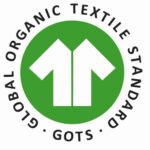
GOTS
GOTS certification ensures that bras made from organic fibers meet stringent environmental and social criteria throughout the entire production process, from harvesting to manufacturing.
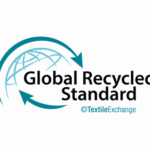
GRS
GRS (Global Recycling Standard) is an international recycled materials standard designed to ensure that recycled materials are traceable, recyclable and sustainable throughout their supply chain. The standard applies to any product containing at least 20% recycled materials, including textiles, plastics, paper, etc.

CE
CE marking indicates compliance with European Union directives and regulations, ensuring that bras meet health, safety, and environmental protection standards for sale in the EU market.

REACH
REACH compliance ensures that bras meet regulations for the safe use and handling of chemicals in the production process.
